Gentleman Jim Speaks
Originally published in 1925, The Roar of the Crowd is an entertaining first-person account of the pugilistic glories of heavyweight champion ‘Gentleman Jim’ Corbett, considered by some to be the father of modern boxing. Almost a century later, the book remains relevant and informative, allowing a glimpse into the idiosyncrasies of professional boxing from a time when the sport, while still illegal in many jurisdictions, was truly part of the fabric of social life. Written in a colloquial and accessible style, Corbett’s account is a swift and enjoyable read; by the end one is charmed by the former champion’s affability and openness.
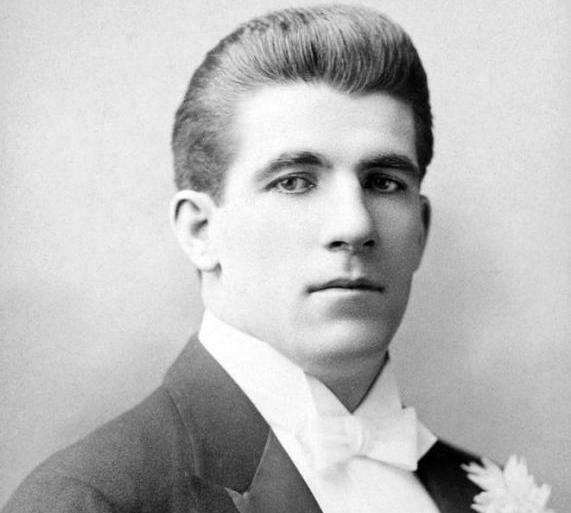
In many ways, James J. Corbett was ahead of his time. He was the most sophisticated heavyweight boxer up to that point, having virtually invented some of the fundamentals of boxing technique, but he was also a spokesman for the sport, and a celebrity to the world at large. Unlike his predecessors, he understood that, first and foremost, he was an entertainer and he channeled his fame into other ways of earning a living. He appeared regularly in vaudeville shows, theater plays, and in boxing exhibitions. In fact, ‘Gentleman Jim’ made most of his income from these alternative activities, not from prizefighting.
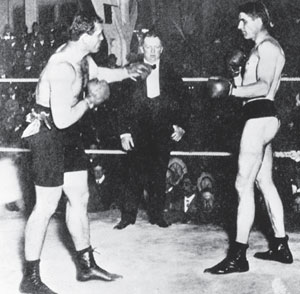
For boxing fans, the best moments of the book deal with Corbett’s biggest fights, his showdowns with Peter Jackson, John L. Sullivan, Bob Fitzsimmons, and Jim Jeffries. He writes in detail regarding his training methods and dietary habits and about the psychological battles he waged with his adversaries. Keenly intelligent, he knew fights began long before the ringing of the opening bell and he developed a knack for finding ways to rattle his adversaries’ nerves. By the time round one began, Corbett had the psychological edge, and having carefully studied his opponent’s style, he would then execute a well-prepared strategy. He relied on superb defense, feinting, and an excellent sense of timing in order to systematically break down opponents, an approach that allowed him to defeat bigger and stronger men.
One of his most grueling of battles was his 27 round knockout over Joe Choynski, a local rival from the San Francisco area. With blistered feet due to inappropriate shoes, a dislocated thumb on one hand, his other hand broken, and under a blindingly bright and hot sun, Corbett found a way to outlast his rival, demonstrating his mettle and paying his dues as a true fighter. While competing under such brutal conditions Corbett explains that boxers don’t dwell on vain thoughts of glory. Instead, they stay focused on what’s happening in the ring, what the adversary is doing, and what they should do in response. Until, that is, they can stay focused no longer.
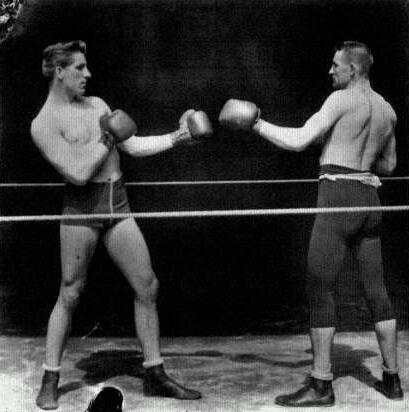
The tone throughout the book remains frank and honest, and while at times Corbett is a bit self-aggrandizing, there are also instances of sharp insight, as when he admits that most great champs begin their reign by taking advantage of the decline of the previous one, and will most likely see their rule end in the same manner, himself being no exception. Corbett’s tale is recommended reading for those interested in the history of boxing, as well as for those looking for eloquence and lucidity in the tale of the rise and fall of a true champion. – Rafael Garcia

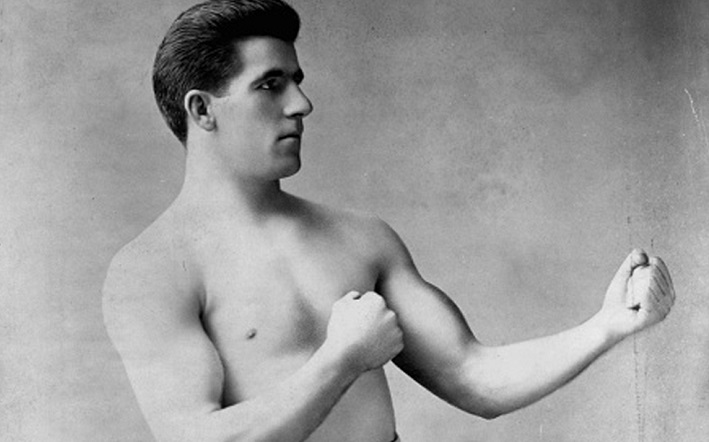

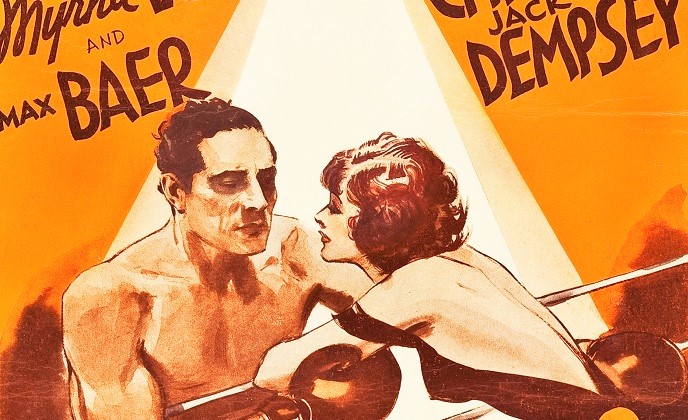

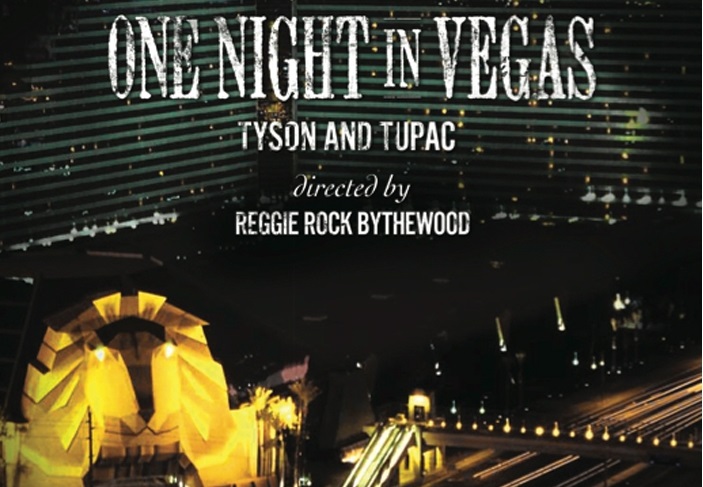
I’ve owned a copy of Corbett’s book for many years. It’s a great book.
For a subject like James Corbett, how could anybody go wrong?